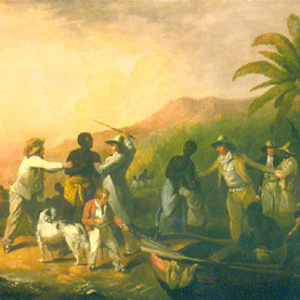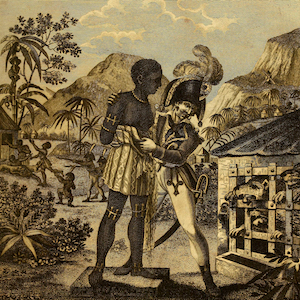North/Central America
Baby Sitter and the Man Upstairs
Many children, young people, and adults (especially Americans) are likely to be familiar with this story about the babysitter menaced by the maniac that has gripped the popular imagination for the last half century.
"I Must Of Course Have Something Of My Own Before Many More Years Have Passed Over My Head": Sally Rice Leaves the Farm
From the rocky soil of Vermont's hill towns, many young men and women in the 19th century went looking for new opportunities. Often they made a series of moves between farm, factory, and city.
Kissing Rudy Valentino: A High-School Student Describes Movie Going in the 1920s
Fears about the impact of movies on youth led to the Payne Fund research project, which brought together 19 social scientists and resulted in 11 published reports.
East Harlem Motion Picture Study
This is an excerpt from an interview with a male teenager from East Harlem, New York City, taken in a famous Payne Fund Study, the "Motion Picture Study" (MPS).

The Huejotzingo Codex of 1531
The Huexotzinco Codex (Huexotzinco Codex) is an eight-sheet legal document from sixteenth-century New Spain. The document is a part of the testimony by the Nahua people from Huexotzinco in a legal case against representatives of the Spanish colonial government in Mexico.
Universal Declaration of Human Rights
The years following World War II marked a key shift in international policy related to human rights. Few, however, connect the history of human rights to the children's rights movement.
Convention on the Rights of the Child
Official interest in the rights of children has grown over the course of the 20th century. Urbanization and industrialization led reformers at the turn of the century to focus on child welfare and on children's rights as separate from those of adults.

Execrable Human Traffick, or The Affectionate Slaves
This reproduction of a painting by George Morland (1789) has lurid colors and shows the sale of an enslaved person.

Toussaint L’Ouverture
A slave inspired by the French Revolution’s egalitarianism, Toussaint saw himself as French and struggled for French control of the island of Saint Domingue. Nonetheless, he had no intention of letting whites rule, for he wanted blacks to control their own destinies.

The Mode of Training Blood Hounds in St. Domingo
This image reveals grotesque mistreatment of blacks even during training exercises. Here a French cavalryman (chasseur) plans to use someone as a live prey for hunting dogs.